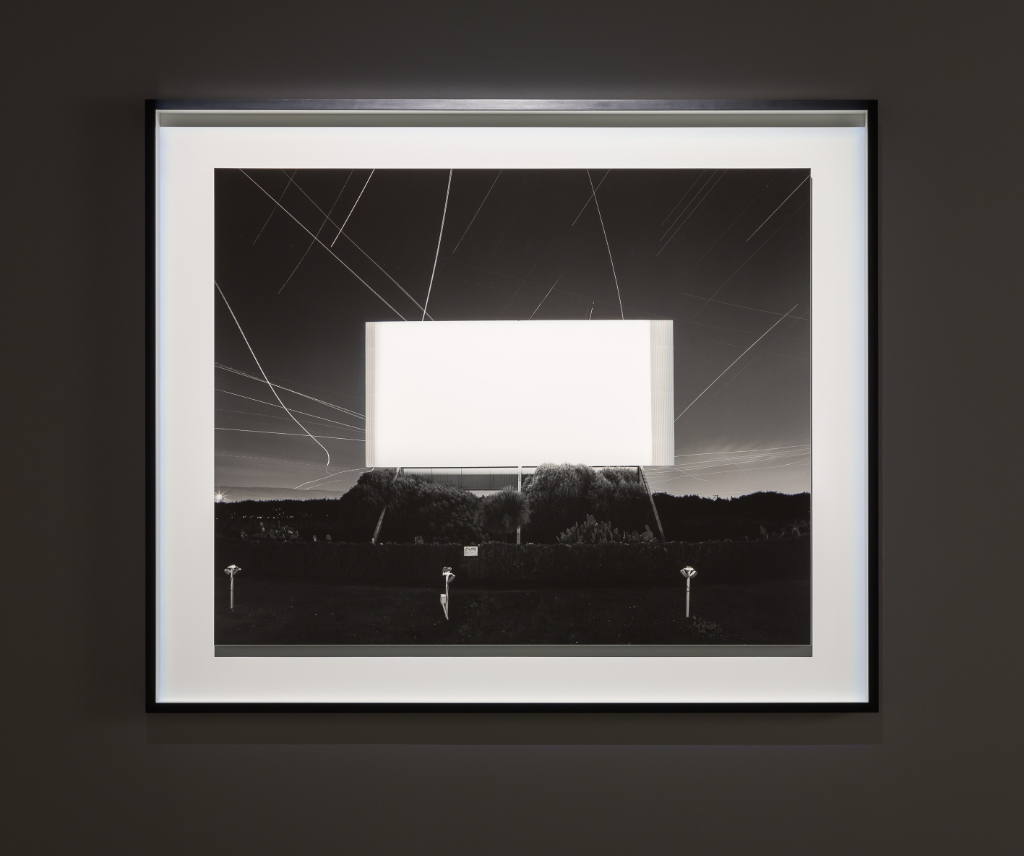Text by Juliette Wallace
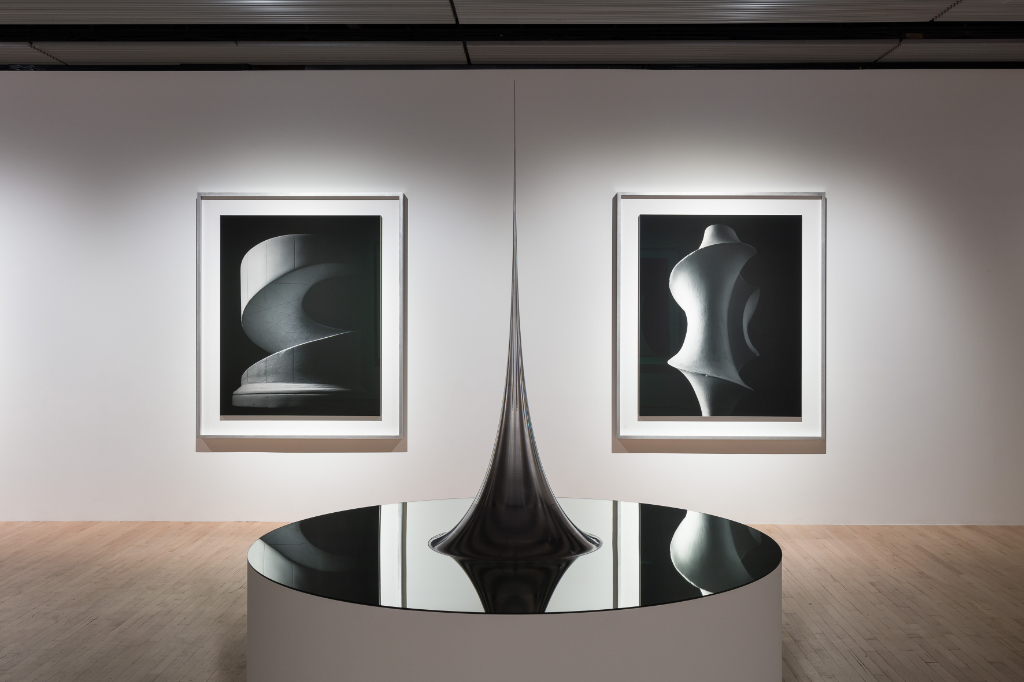
Time Machine is the title of the retrospective exhibition of photography’s poet of paradox, Hiroshi Sugimoto [1]. And what an apt title it is… Opening on October 11 at London’s brutalist and awe-inspiring Hayward Gallery, this largest and most comprehensive overview of the Japanese photographer’s work puts time at the centre of everything, moving around it – backwards, forwards, sideways, up and down – in a metaphysical maypole dance.
Like the nature of time itself, the ‘machine’ is also malleable, taking on multiple forms simultaneously. This machine is the exhibition space in its housing of Sugimoto’s work over the span of his career, whilst also being the photographs and their captured moments. At the same time it is the camera and its power to stop and preserve fleeting seconds and, of course, the machine is also the artist himself and his own relationship to the past, present and future. “Only when the world is observed and documented does it truly exist [2].
Beginning his career in the 1970s, Hiroshi Sugimoto is a key figure in the realm of re-imagined classics. The artist plays with the relationship between now and then, often harking back to Classical and Renaissance imagery and visual systems, imprinting his own identity and style onto iconic formats. Through accessing the super-real aesthetics employed by his predecessors, the Surrealists (whom Sugimoto sometimes features in his work), the artist uses the power of perspective and technical skill to superimpose one plane of reality onto another, creating a realm of magical reality in which the ordinary becomes bizarre.
The artist’s ability to combine an immaculate handling of the camera and insert the uncanny into the familiar is what elevates his pieces from quirky snaps to a status of high art. [Hiroshi Sugimoto] embraces meticulous old school craftsmanship to produce exquisite, uncanny pictures that reference science and maths as well as abstract art and Renaissance portraits.
In the context of an art world that is rushing at the AI, VR and digital mediums of the 2000s, the Hayward Gallery is putting Sugimoto’s near fifty year career on display in order to explore a different approach to the virtual. Featuring key works from all of the artist’s major photographic series, this survey highlights Sugimoto’s philosophical yet playful inquiry into our understanding of time and memory, and photography’s ability to both document and invent [3]. Instead of leaning into the obvious by employing new media, the Hayward has embraced Sugimoto’s celebration of traditional, well-crafted techniques of the previous century which the artist uses to create an alternative alternative reality [4].
The effect is somehow more arresting than that which is achieved by digital works. The eeriness of using a tool that has for over one hundred years been considered a mechanism for documentation and truth to flip reality on its head and merge the past, present and future into one imagined, alternative world is powerful. Photography is dead, but I don’t mourn its loss. I am glad to be one of the last remaining relics of the photographic era. Now people don’t make photographs, they create images and content [5]. Sugimoto undercuts the new-age art and technology trend by offering his own twist on the concept of parallel existences, one which he has been offering up since the late 1970s.
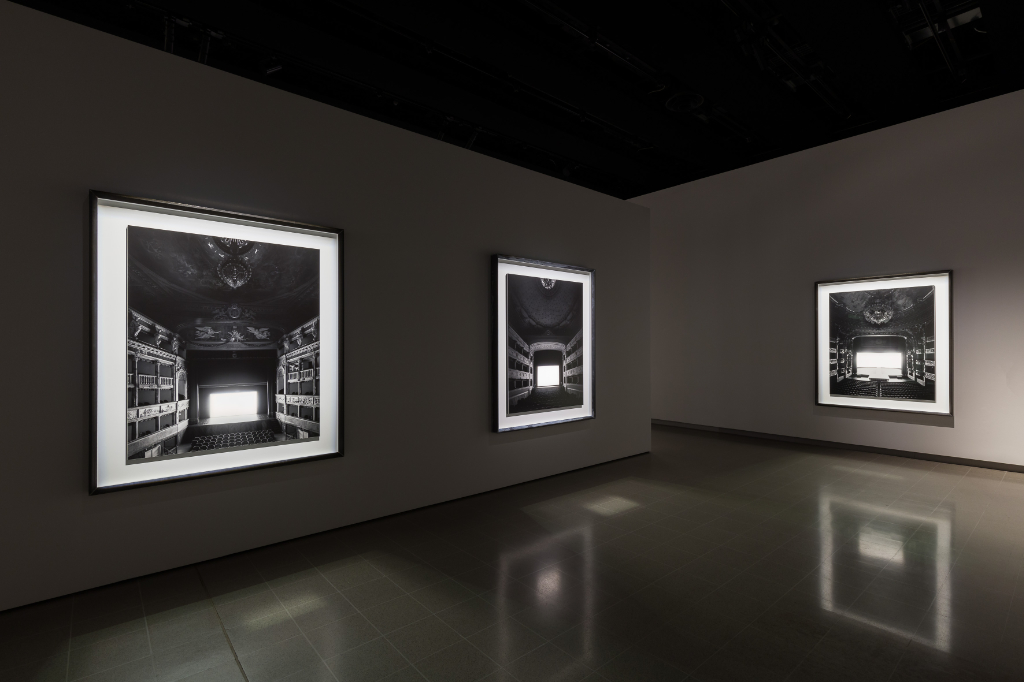
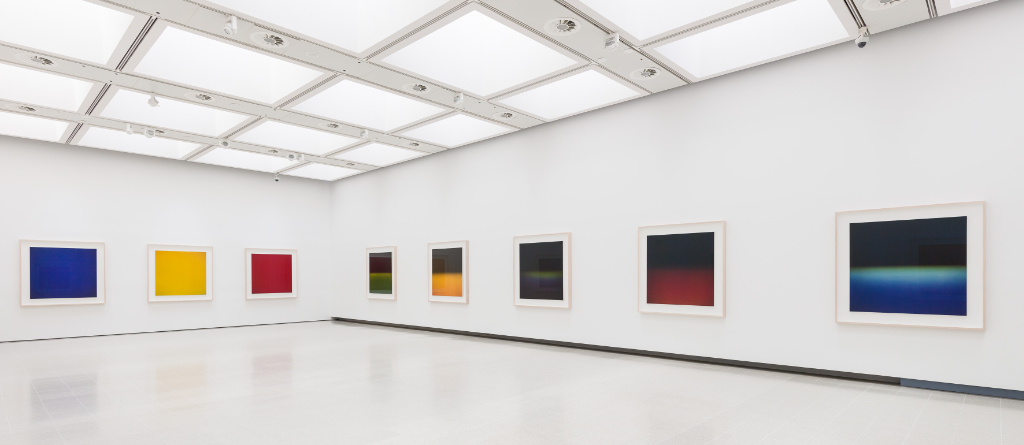
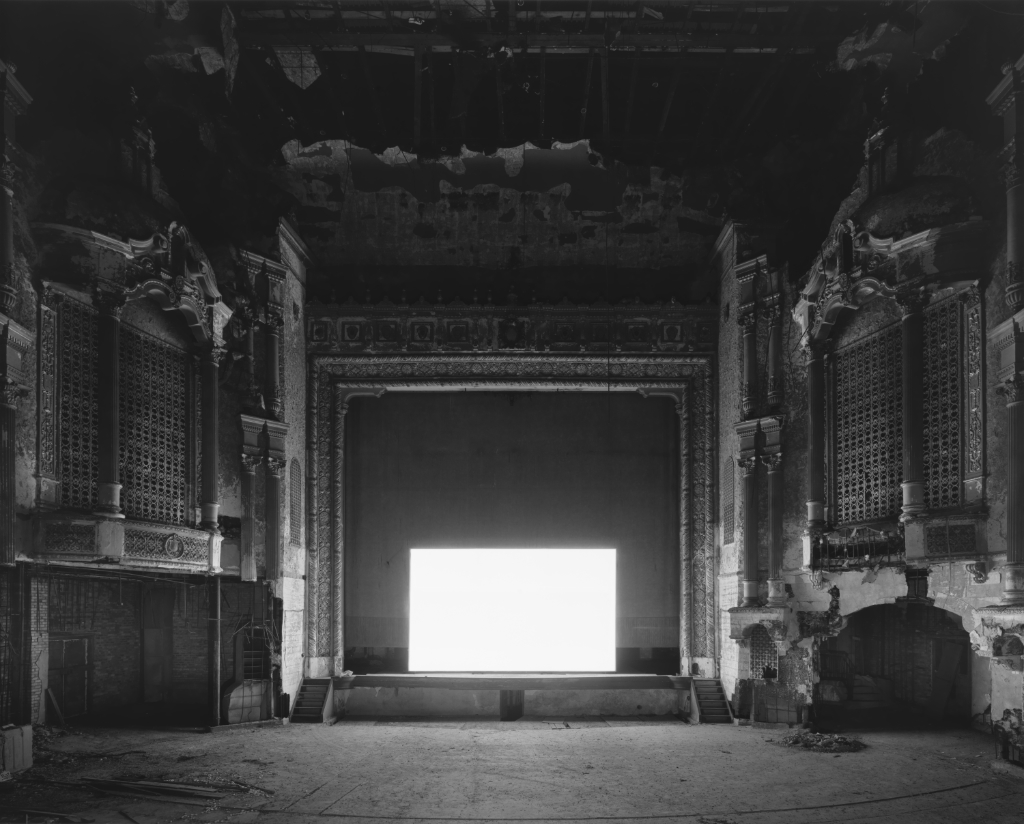
In one of his best known and earliest works, Dioramas (1976) – a series of black and white photographs of objects housed within display cabinets at natural history museums – the artist explores the dichotomy of truth and fiction by distorting the concept of a Wunderkammer and the practice of documentation. “[The] photos draw attention less to the natural world than to its theatrical representation in museums, whilst at the same time conjuring what the artist has called the fragility of existence [6].
In this, like in many of his other works, the artist uses his skill and perspective to merge realities and untruths. As one of the artist’s first ventures into photography, Dioramas is aptly placed at the begging of the exhibition at the Hayward, setting the tone for the rest of the retrospective and the juxtaposition of truth and fiction, past and present.
Displaying a range of artworks from the late 1970s up to 2018 – including Portraits (1999) and Opticks (2018) – Time Machine takes the viewer on a journey through the corners of Sugimoto’s mind in which everything is possible, a fact for which the artist has photographic evidence. His photographs[…]alter our sense of history, time and existence itself [7]. In another early work, Theaters (1976), the common act of going to the movies is spun on its head through the condensing of a period of elapsed time into a single, unrecognisable fragment. In this work Sugimoto captures entire films in one shot with a single long exposure, compressing all the dramatic action that occurs over 160 minutes into one image of radiant whiteness in which time has both stopped and is forever moving.
As well as time, the “machine” itself is thrown into question in the more recent Lightning Fields (2006) series in which the camera is discarded altogether. In this work, Sugimoto experiments with camera-less photographs created by exposing sensitised paper to electrical impulses produced by a Van der Graaf generator.
As well as pay due homage to the artist’s vast output of photographs, the Hayward will also be displaying two of Sugimoto’s aluminium sculptures. Elegantly contoured and polished, these pieces bring method into the mystical, using proportion and alignment to allude to both mathematical equations and abstract forms. In his sculptural practice Sugimoto is giving back to a world which he, in his own words, usually takes from: a photographer never makes an actual subject; they steal the image from the world and re-contextualise it. So in the presence of both sculptural and photographic works, the Haward is allowing for a balance between give and take in the time-warped galleries of Time Machine.
Set to tour internationally in 2024, Time Machine promises to be a much needed respite from the saturation of VR, AI and digital art, allowing the viewer to reconsider reality through a much more subtle action and, at the same time, giving a great artist, “ an artist renowned for creating some of the most alluringly enigmatic photographs of our time” his due [8].

